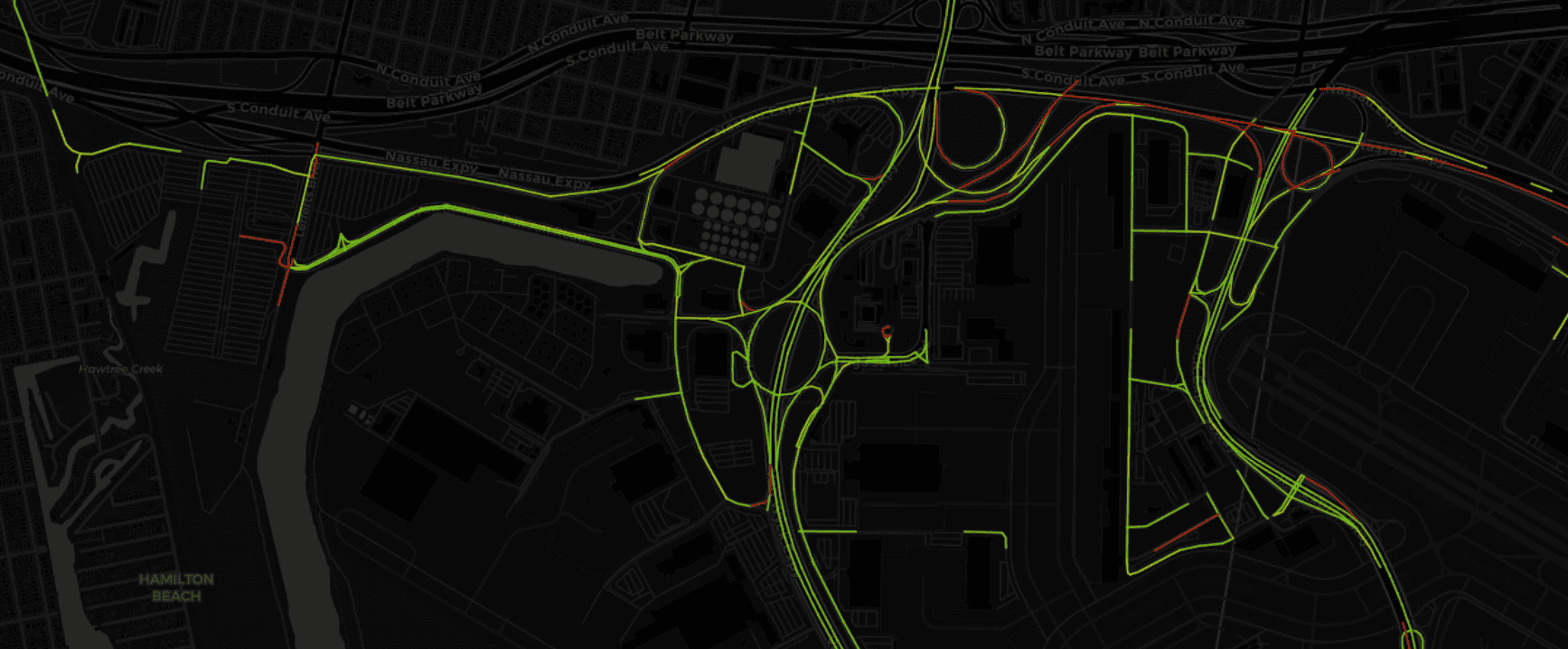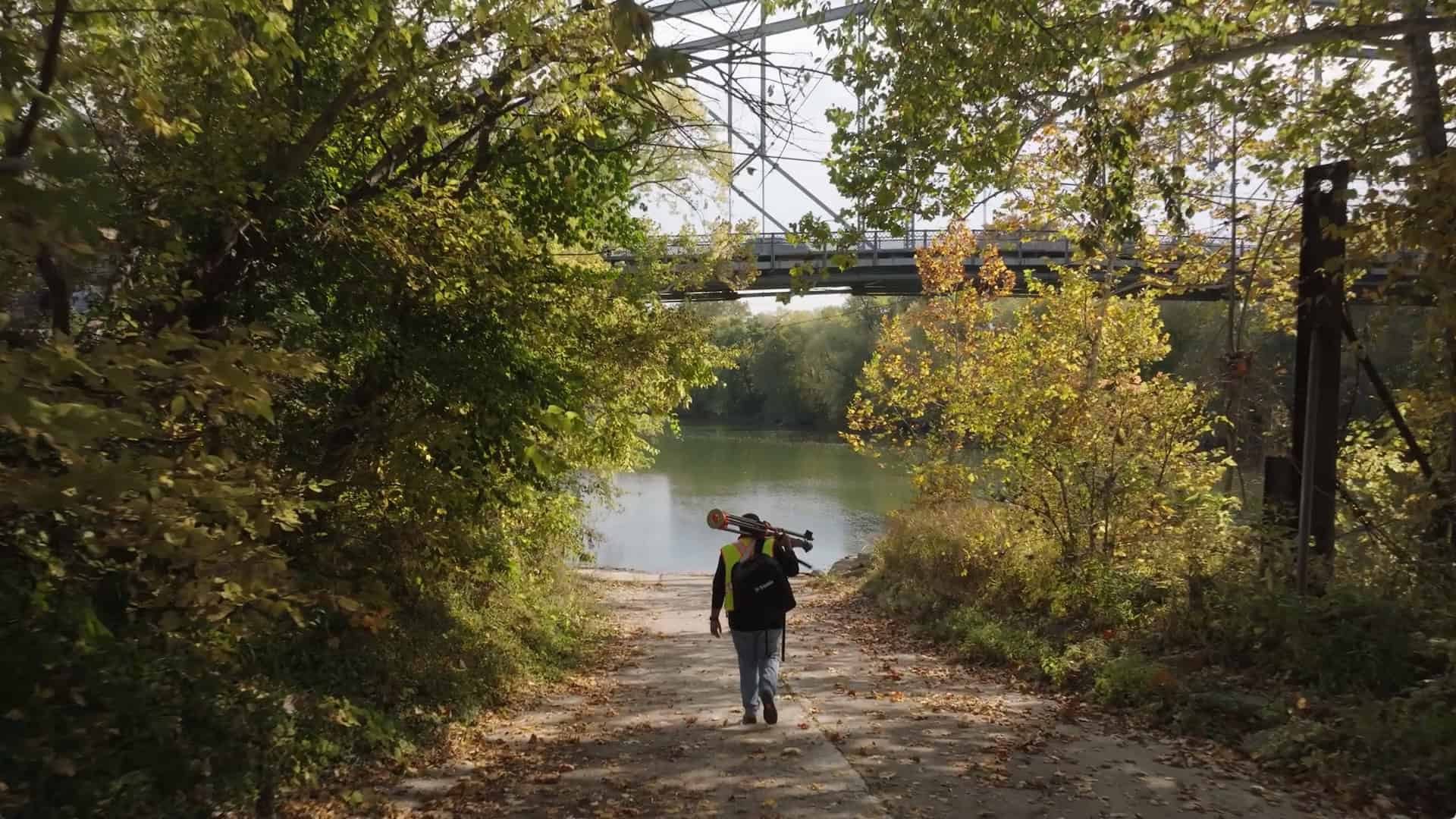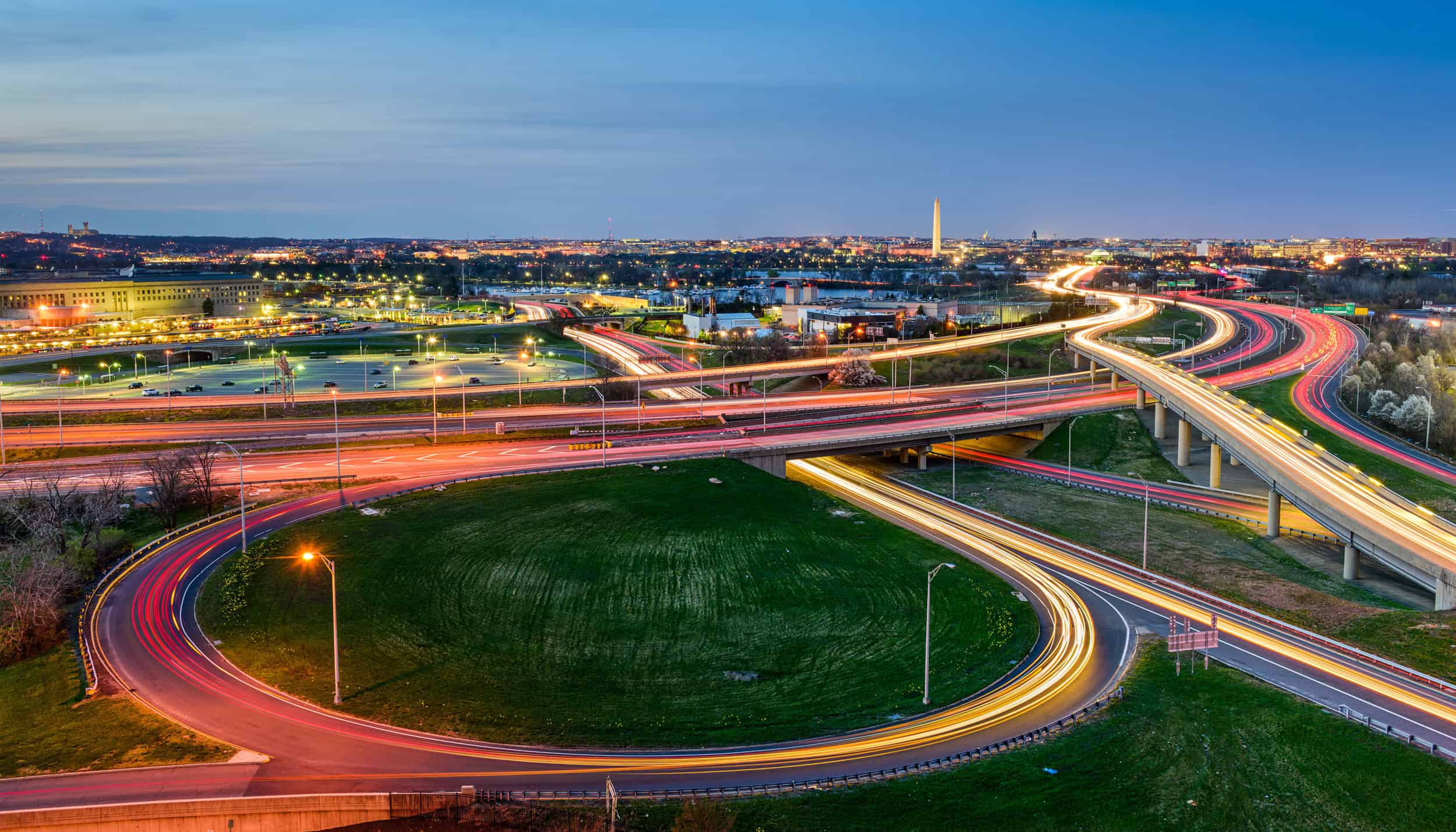One day a decade ago, when Mark Pittman was a student at The University of Utah in Salt Lake City, he got caught in a snarl of traffic caused by a broken traffic light. The line was barely budging, and he was growing irritated. He knew he would be late for his class. But then a different kind of light sparked in his mind, illuminating a path from frustration to opportunity.
Pittman, who was earning a law degree and an MBA at the same time, is an incurably curious person. He wanted to understand how the city maintained its roads, so he tracked down a city traffic engineer. The engineer, who typically only received complaints from drivers, was pleasantly surprised and invited Pittman to his office.
 Mark Pittman, Director of Transportation AI at Bentley
Mark Pittman, Director of Transportation AI at BentleyThe visit made Pittman realize how much he took roads for granted. The nation’s vast road system carries 70% of the goods Americans consume, yet keeping those roads up to date sometimes relies on guesswork and other antiquated techniques. Pittman wanted to know if he could instead use advanced monitoring technologies, artificial intelligence (AI) and machine learning.
“I wanted to close some of those gaps,” Pittman said.
The result was Blyncsy, a startup using AI, machine vision and cloud computing to monitor road conditions, find problematic spots and help departments of transportation maintain their road networks. In the decade since its launch in 2014, Blyncsy has emerged as the industry leader in providing intelligent roadway insights, automated asset management, and near real-time status updates to local and state transportation departments. Bentley Systems, an infrastructure engineering software company, acquired Blyncsy last August.
On the Road with AI
Blyncsy gets road pictures by crowdsourcing images from over 800,000 vehicles, including privately owned commercial and fleet vehicles and delivery trucks. The company anonymizes the data and securely stores it in the cloud, where it can be studied and analyzed by machine learning systems and AI. Blyncsy detects over 50 different roadway safety issues, including the actual location of active construction work zones. The research can make roads smarter and safer, and ensure they are meeting the latest regulations.
Take retroreflective road markings as an example. You’ve seen them when driving in the dark: They mark lanes and other road features. As the name suggests, the markings are designed to reflect light back to the source and make them appear brighter – which is crucial, especially at night. In 2022, the Federal Highway Administration (FHWA) issued a rule calling for minimum retroreflectivity levels for pavement markings on roads with speed limits of 35 mph or greater by 2026.
That means state and local governments must guarantee the headlight-reflecting capability of the white dashed lines in the middle of higher-speed roads. The rules are aimed at improving safety for senior drivers, lane-assist sensors and self-driving vehicles.
A Shining Example
The traditional method for government agencies to check the markings requires sending a human inspector to a small sample of locations for a visit and then a whole lot of extrapolations and guesswork. The process is expensive, laborious and inaccurate – and mandatory federal compliance is less than two years away.
Just in time for Infrastructure Week, Blyncsy released a national public map that rates retroreflectivity for roads within all 50 state capitals. In just four days, Blyncsy used its nationwide image crowdsourcing network and its AI technology to detect and capture over 3,200 centerline miles of paint retroreflectivity. The technology used images from multiple corroborating angles across various light conditions.
These fast results provided insights that agencies need – and offer an estimated 90% reduction in the costs and burdens associated with paint-line inspections. For example, maintenance crews across the nation can identify where and when to paint new lines on the roads, improve safety, reduce operational costs and comply with new road requirements. The technology can also help provide safer navigation for both human and automated drivers.
“AI is enabling a revolution,” Pittman said. “We’re making sure our public servants benefit from this revolution as well.”
Avoiding Pitfalls (and Potholes) with Real-Time Data
Last year’s acquisition by Bentley underscores the value of Blyncsy’s smart approach to managing infrastructure. Blyncsy teams and technology can extend the life of roadways and reduce carbon emissions by fixing and spotting problems early.
“We can help to extend the life of roadways by detecting and repairing potholes while they are still small,” Pittman said. “If not addressed until they are more advanced, potholes can degrade the road base and may require ripping out the road itself.”
Blyncsy holds an important role in Bentley’s vision for the future, particularly in how it can continue to evolve iTwin, its platform for infrastructure digital twins. A digital twin is a virtual representation of a road, building or even an entire city. By incorporating real-time mobility data into its digital models, Bentley can offer a more comprehensive and accurate representation of infrastructure usage. This could significantly improve planning, design and the predictive maintenance of projects.
“Bentley has always focused on safety and efficiency across the globe from day one,” said Mike Schelhase, Bentley’s vice president for asset analytics. “With Blyncsy, we’re now able to support every state in building and maintaining a safer and more equitable road network.”
The Road Ahead
Looking ahead, Blyncsy’s capabilities are also crucial in preparing for a future of self-driving vehicles. Pittman, who now also holds the title of Bentley’s Director of Transportation AI, said Blyncsy is well positioned for the next step in infrastructure.
“Our AI technology offers essential data on traffic patterns, road conditions and user behavior, ” he said. “They are invaluable for the development and safety of autonomous transportation systems, ensuring they are both efficient and secure.”
Not a bad outcome for getting stuck at a faulty red light.
Thomas Kohnstamm is a journalist writing about technology and a book author. His new novel, Supersonic, will be out next year.



